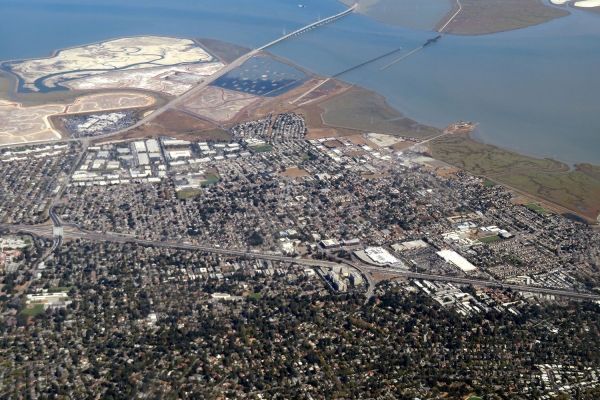Rather than waiting for certainty in sea-level rise projections, policymakers can plan now for future coastal flooding by addressing existing inequities among the most vulnerable communities in flood zones, according to Stanford research.
Using a methodology that incorporates socioeconomic data on neighborhood groups of about 1,500 people, scientists found that several coastal communities in San Mateo County, California – including half the households in East Palo Alto – are at risk of financial instability from existing social factors or anticipated flooding through 2060. Even with coverage from flood insurance, these residents would not be able to pay for damages from flooding, which could lead to homelessness or bankruptcy among people who are essential to the diversity and economic function of urban areas. The paper was published in the journal Earth’s Future on July 12.
“These are workers that make a city run, they’re the heart and soul of an urban operation. If you displace a significant majority too far outside the urban area, the functionality of that city crumbles,” said senior co-author Jenny Suckale, an assistant professor of geophysics at Stanford’s School of Earth, Energy & Environmental Sciences (Stanford Earth). “How can we make sure that we provide a future to these communities that does not entail their disintegration?”
Read more at: Stanford University
An aerial view of East Palo Alto, which borders San Francisco Bay. New research shows about half the households in East Palo Alto are at risk of financial instability from existing social factors or anticipated flooding through 2060. (Photo Credit: Wikimedia Commons)


